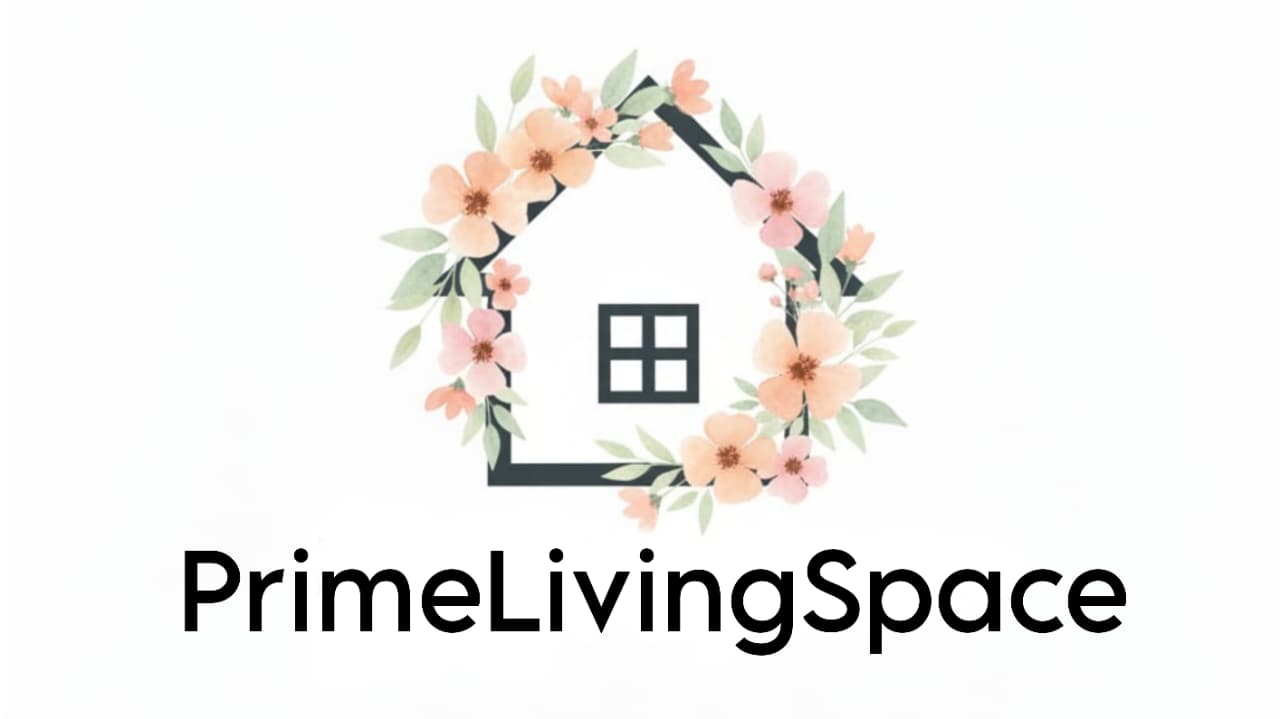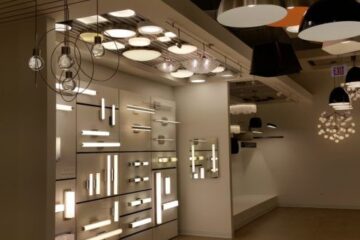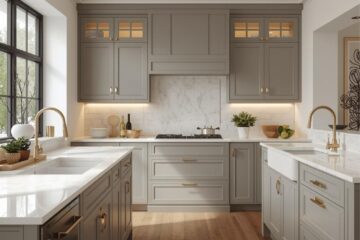Alternative housing is no longer a fringe idea, it’s a growing movement. The global tiny-home market alone reached $21.9 billion in 2024 (Today’s Homeowner), and new forms of compact living are emerging fast. One of the most eye-catching trends is barrel housing curved, cylindrical structures that look part fairytale, part eco-retreat.
But how does barrel housing compare to the more familiar tiny home? This guide breaks down lifestyle fit, comfort, costs, and practical realities, helping you decide which option matches your goals.
What Is Barrel Housing?
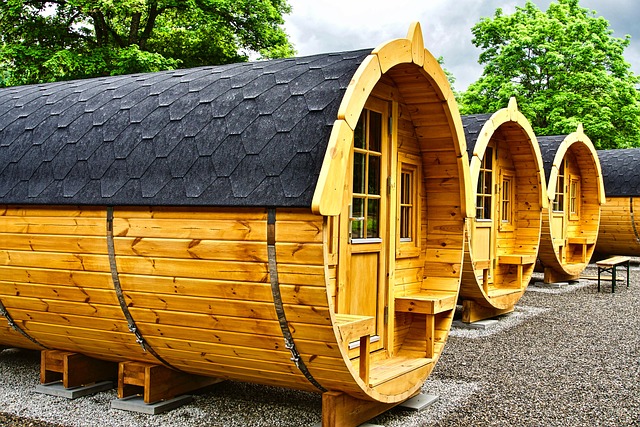
Barrel housing refers to small, curved structures shaped like a barrel laid on its side. Traditionally built from timber, they’ve become popular in the glamping industry, vacation rentals, and backyard guesthouses.
The charm is obvious: rounded roofs, compact footprints, and a cozy interior that feels closer to nature. But beyond the aesthetics, barrel housing presents unique challenges:
- Storage limitations due to curved walls.
- Custom cabinetry needed for kitchens or workspaces.
- Maintenance issues with curved cladding and water runoff.
Most blogs showcase barrel cabins as photogenic retreats, but few address these daily-living realities which matter if you’re considering one for full-time use.
What Are Tiny Homes?
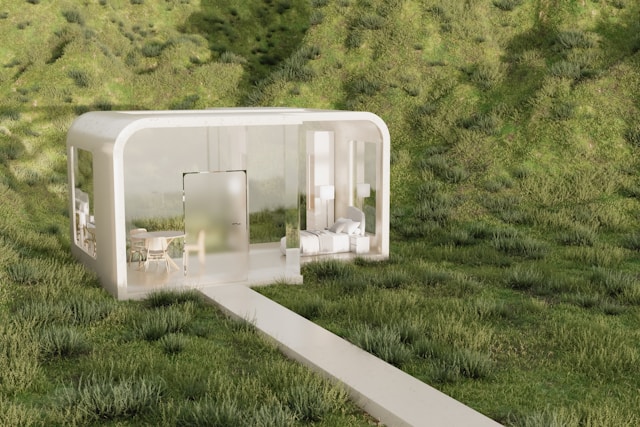
Tiny homes are typically rectilinear, box-like dwellings ranging from 100 to 400 square feet. They rose to prominence through the minimalist and off-grid movements, with average costs hovering around $67,000 in 2024 (rubyhome.com).
Unlike barrel housing, tiny homes are easier to finance, insure, and customize with standard furniture and cabinetry. They’re also widely recognized in zoning discussions, though land-use restrictions remain a barrier.
Barrel Housing vs. Tiny Homes — Quick Comparison
| Feature | Barrel Housing | Tiny Homes |
| Shape & Layout | Cylindrical, curved | Rectilinear, customizable |
| Cost Range | Moderate; varies by builder | Avg ≈ $67k (2024) |
| Energy Use | Efficient if insulated correctly | Proven lower energy use vs conventional homes |
| Mobility | Semi-fixed, some portable | High (on trailers/RVs) |
| Best Fit | Retreats, glamping, eco-living | Minimalist lifestyles, nomadic living |
Comfort & Daily Living
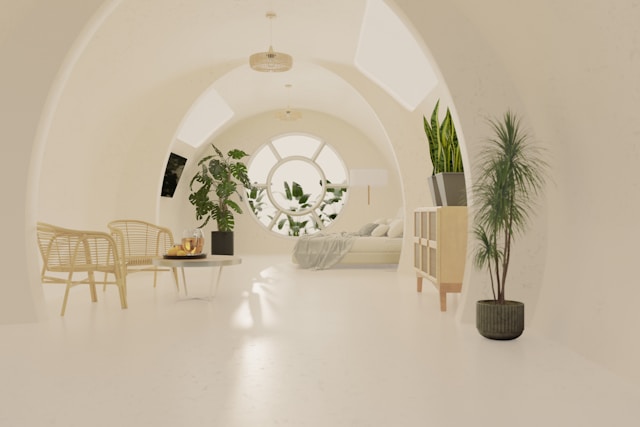
The barrel housing looks magical, but living inside curved walls requires adjustments:
- Furniture fit: Standard cabinets don’t align with the curve. Custom work is often necessary, adding cost.
- Acoustics: Cylindrical shells can amplify sound differently than boxy rooms something renters or full-time users quickly notice.
- Thermal comfort: Curved forms can resist wind well, but condensation and insulation strategies matter more here than in straight-walled tiny homes.
By contrast, tiny homes offer more predictable ergonomics and better integration with off-the-shelf furnishings.
Build, Maintenance & Costs
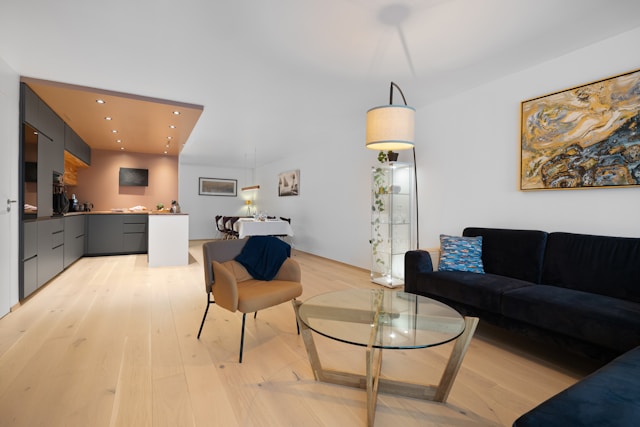
Building barrel housing often requires specialized joinery and cladding techniques. Over time, curved roofs may demand more upkeep than standard pitched tiny-home roofs.
Tiny homes, being rectangular, are generally cheaper to furnish and repair. Still, both options come with lower long-term costs compared to traditional houses, especially when it comes to utilities and maintenance.
Another overlooked angle is resale value:
- Barrel housing appeals strongly to hospitality operators (Airbnb, glamping retreats).
- Tiny homes have a broader buyer pool, from individuals to downsizing couples.
Zoning, Financing & Insurance
Here’s where barrel housing faces its toughest hurdles. Because it doesn’t fit neatly into existing categories, many municipalities treat it like a cabin, shed, or accessory dwelling which can complicate permits. Financing and insurance are equally tricky, with fewer precedents available.
Tiny homes, while not problem-free, benefit from more established recognition. Banks and insurers now offer niche products for tiny living, though zoning battles still exist.
Tip: Before committing to barrel housing, check your local codes and talk with lenders familiar with non-standard builds.
Case Studies—Real People, Real Lessons
- Eco-Retreat Owner: Installed three barrel cabins on rural land. They became profitable Airbnb rentals within 18 months.
- Couple Living Full-Time: Found the curved interior charming but struggled with furniture fit ended up commissioning custom cabinetry.
- Tiny Home Nomad: Choose a trailer-based home for flexibility, citing zoning acceptance and easier mobility as key advantages.
Sustainability & Energy Performance
Both barrel housing and tiny homes offer sustainability advantages, but in different ways:
- Barrel housing: Lower embodied carbon when built from reclaimed wood; curved shells shed wind and snow naturally.
- Tiny homes: Documented lower energy use vs conventional houses (TenantCloud); easier to fit with solar and modern HVAC.
Emerging academic studies (MDPI) suggest both options can outperform conventional housing in lifecycle emissions but data on barrel forms remains scarce, leaving room for future research.
Decision Quiz: Which One Fits You?
- Do you want a retreat or glamping business? → Barrel housing.
- Do you need mobility and financing options? → Tiny home.
- Do you value unique aesthetics over storage convenience? → Barrel housing.
- Do you plan to downsize long-term? → Tiny home.
Final Verdict
Barrel housing is best for those seeking eco-retreat charm, unique design, and hospitality ventures. Tiny homes, meanwhile, remain the most practical for full-time, minimalist living with financing and zoning advantages.
Both share the same spirit: living smaller, lighter, and smarter the question is which form matches your lifestyle.
FAQs
Q: What are barrels used for?
A: Barrels are used to store and transport liquids like wine, whiskey, beer, oil, and water, as well as dry goods, décor, and even housing adaptations.
Q: Why were barrels important?
A: They were strong, watertight, and easy to roll, making global trade of food and goods practical before modern containers.
Q: Where are barrels used?
A: In wineries, breweries, distilleries, shipping, water storage, furniture, and creative builds like saunas or tiny homes.
Q: What are the different types of barrels?
A: Wine barrels, whiskey/bourbon barrels, beer kegs, water barrels, and decorative/repurposed barrels.
Q: What are the advantages and disadvantages of living in a tiny house?
A: Advantages: low cost, energy savings, eco-friendly, simple lifestyle. Disadvantages: limited space, zoning hurdles, less storage, comfort issues for families.
Q: What is the difference between a tiny home and a tiny house?
A: A tiny house is usually a small, house-like structure (often on wheels), while a tiny home is a broader term that includes modular units, pods, or containers.
Q: What are the common mistakes in tiny houses?
A: Poor space planning, weak insulation/ventilation, ignoring zoning laws, wrong foundation choice, and over-customization.
Q: Why does Elon Musk live in a tiny home?
A: Musk chose a small prefabricated house near SpaceX for simplicity, affordability, and sustainability, matching his minimalist lifestyle.
Related content :
5 Design Limitations in the Nichols House JHY Layout
